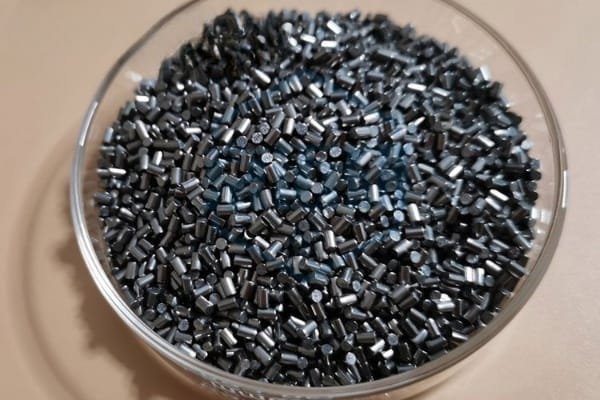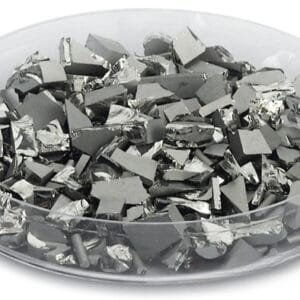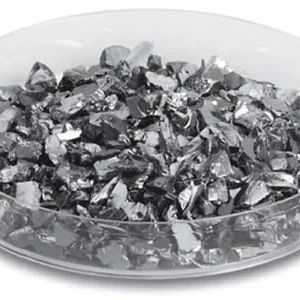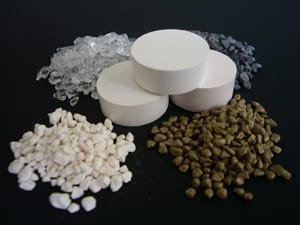Nickel Tungsten Evaporation Materials Overview
TFM provides high-purity nickel tungsten evaporation materials, an alloy comprising nickel (Ni) and tungsten (W). Our high-purity materials, reaching up to 99.9995% purity, are crucial in deposition processes, ensuring the production of high-quality films. TFM utilizes rigorous quality assurance protocols to guarantee the reliability and performance of our products.
Applications of Nickel Tungsten Evaporation Materials
Nickel tungsten evaporation materials are essential in several advanced applications, including:
- Deposition processes such as semiconductor deposition, chemical vapor deposition (CVD), and physical vapor deposition (PVD).
- Optics applications, including wear-resistant coatings, decorative finishes, and display technologies.
Packaging and Handling
We prioritize the careful handling of our nickel tungsten evaporation materials to prevent any damage during storage and transport. This attention to detail helps maintain the integrity and quality of our products.
Contact Us
As a leading provider of high-purity nickel tungsten evaporation materials, TFM offers products in various forms, including tablets, granules, rods, and wires. We also provide customized shapes and quantities to suit your specific needs. In addition to evaporation materials, TFM supplies evaporation sources, boats, filaments, crucibles, heaters, and e-beam crucible liners. For current pricing or to inquire about products not listed, please contact us directly.


 MSDS File
MSDS File



Reviews
There are no reviews yet.